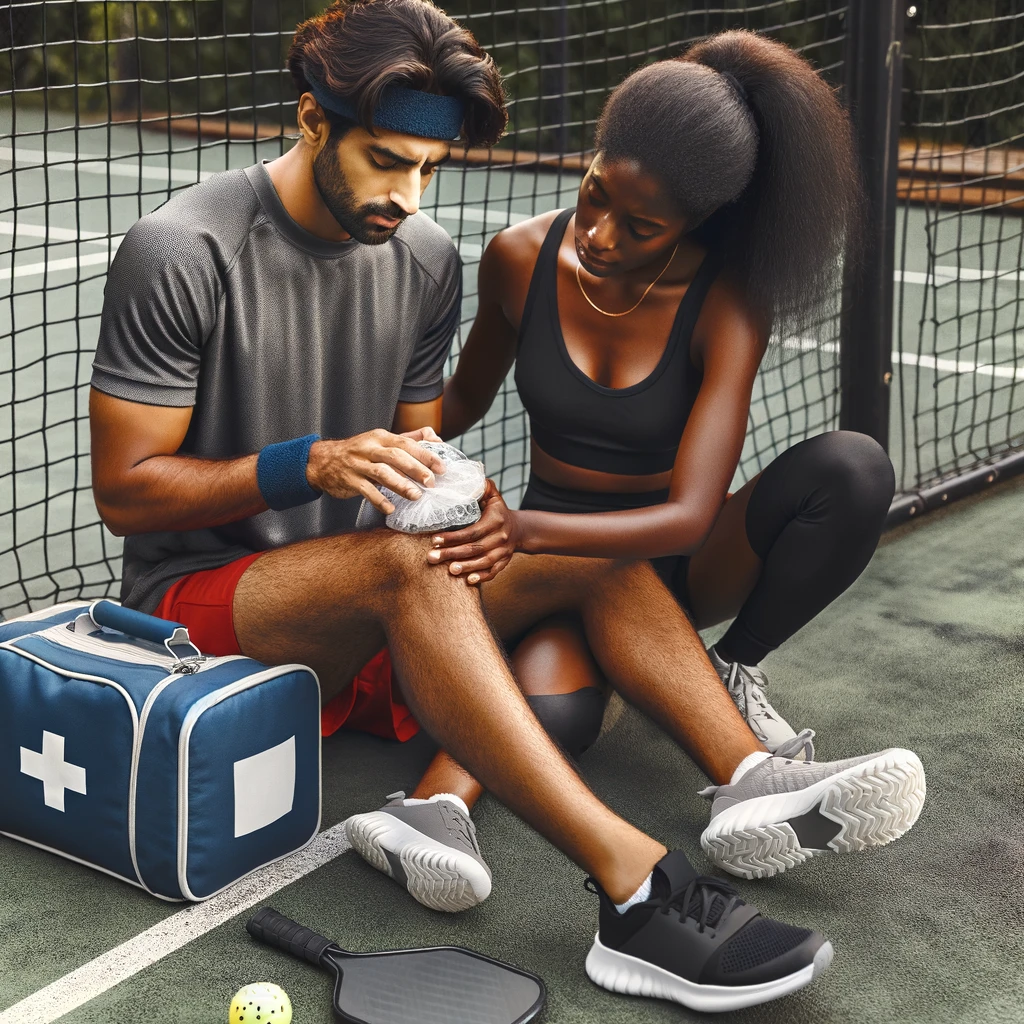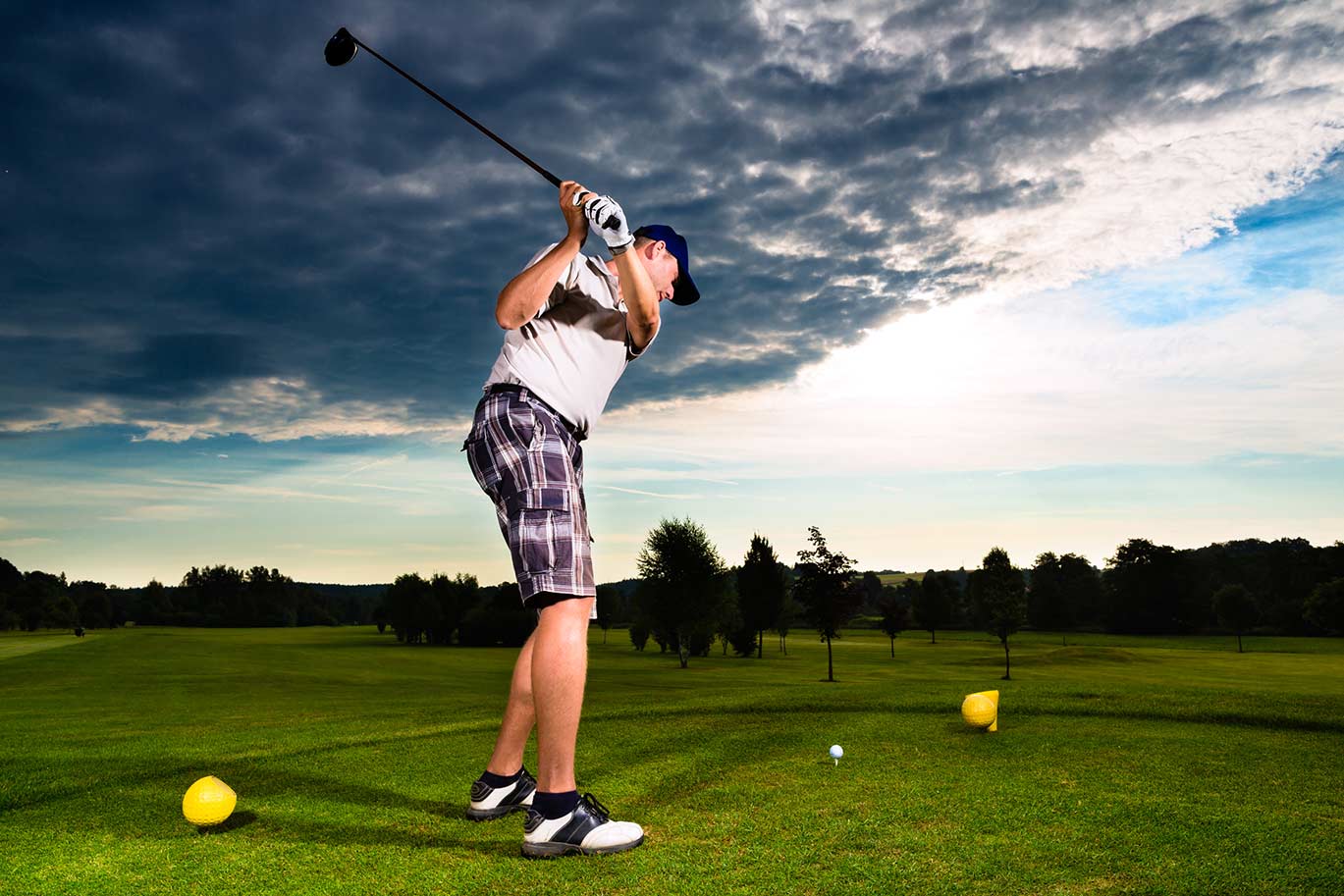
Are You an Avid Pickleball Player?
In this article, we will explore the most common pickleball injuries and provide tips on how to avoid them.
Shoulder Injuries
If you experience a shoulder injury while playing pickleball, it’s important to seek medical attention and rest the affected area. Shoulder injuries are one of the most common pickleball injuries and can be quite debilitating if not properly addressed.
Physical therapy is often recommended as part of the treatment plan for shoulder injuries in pickleball. Seeking the expertise of a pickleball physical therapy specialist, like Back and Body Medical where our physical therapy can greatly aid in your recovery.
Physical therapy for shoulder injuries in pickleball typically includes exercises to strengthen the muscles surrounding the shoulder joint, improve range of motion, and reduce pain. It’s important to follow the guidance of your physical therapist and engage in regular therapy sessions to ensure a full and speedy recovery.
Ankle Sprains
When playing pickleball, ankle sprains are another common injury that can significantly impact your ability to continue playing. Ankle sprains occur when the ligaments in your ankle are stretched or torn, usually due to a sudden twist or turn. These injuries can be quite painful and may result in swelling, bruising, and difficulty walking.
If you experience an ankle sprain, it’s crucial to rest and elevate your ankle, apply ice to reduce swelling, and compress the area with a bandage or brace. In severe cases, you may need to use crutches or a walking boot to keep weight off the injured ankle.
To prevent ankle sprains, make sure to wear supportive shoes, warm up before playing, and practice good balance and agility exercises.
Tennis Elbow
To continue the discussion on common pickleball injuries, another injury that players often encounter is tennis elbow. This condition, known medically as lateral epicondylitis, is caused by repetitive motion and strain on the tendons in the elbow.
When you play pickleball, the constant swinging and gripping of the paddle can put stress on these tendons, leading to pain and inflammation. Symptoms of tennis elbow include pain on the outside of the elbow, weakness in the forearm, and difficulty in gripping objects.
To prevent tennis elbow, it’s important to warm up properly before playing and use the correct technique when hitting the ball. If you do experience symptoms, rest and ice can help alleviate the pain, and come and see our physical therapist who can treat and provide exercises to strengthen the affected muscles.
Knee Strains
One common injury that pickleball players may experience is a number of knee strains. When playing pickleball, you engage in quick lateral movements and sudden changes in direction, putting significant strain on your knees. These strains can occur when you twist or pivot your knee while making a shot or reaching for a ball.
The repetitive nature of the game can also lead to overuse injuries, such as patellar tendinitis or jumper’s knee. Knee strains can cause pain, swelling, and limited mobility, making it difficult to continue playing pickleball.
To prevent knee strains, it’s essential to warm up before playing, wear supportive shoes, and use proper techniques while moving and hitting the ball. If you experience knee pain, it’s important to rest, apply ice, and seek medical attention if the pain persists.
Wrist Fractures
If you engage in pickleball, you may be at risk of wrist fractures, which can be a common injury due to the fast-paced nature of the game and the impact of hitting the ball.
Wrist fractures occur when the bones in your wrist break or crack. This can happen during a fall, a collision with another player, or from striking the ball with excessive force. The repetitive movements involved in pickleball, such as swinging the paddle and hitting the ball, can also contribute to the development of wrist fractures over time.
Symptoms of a wrist fracture may include pain, swelling, bruising, and difficulty moving the wrist. If you suspect a wrist fracture, it’s important to seek medical attention to determine the extent of the injury and receive appropriate treatment.
Conclusion
So, if you’re an avid pickleball player, it’s important to be aware of the most common pickleball injuries that can occur. Shoulder injuries, ankle sprains, tennis elbow, knee strains, and wrist fractures are all potential risks.
By taking preventive measures such as warming up, using proper technique, and wearing appropriate protective gear, you can greatly reduce the chances of getting injured.
Stay safe and enjoy the game! If you need any help or treatments on injuries, our staff at Back and Body Medical would be delighted to help you. Simply schedule an appointment here.














